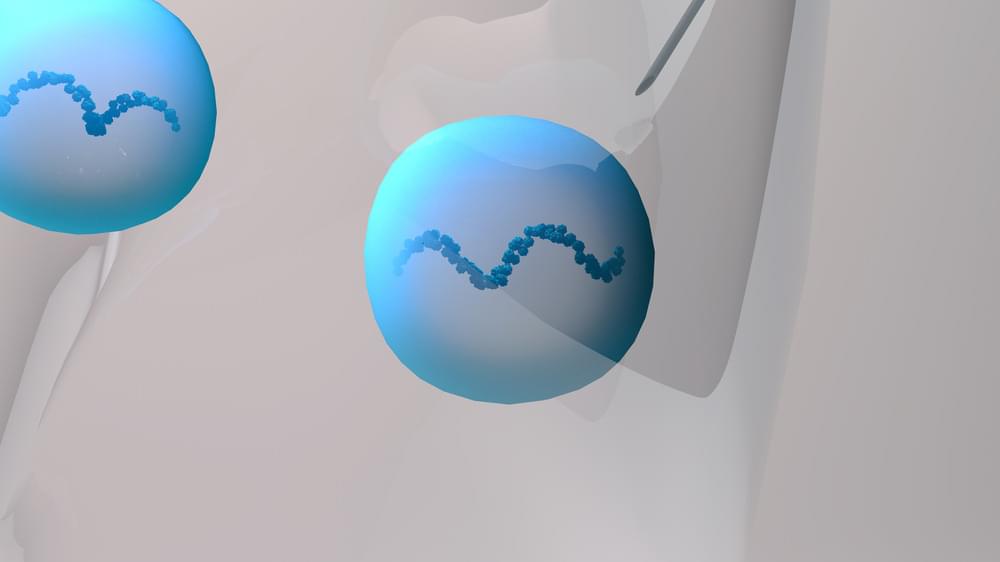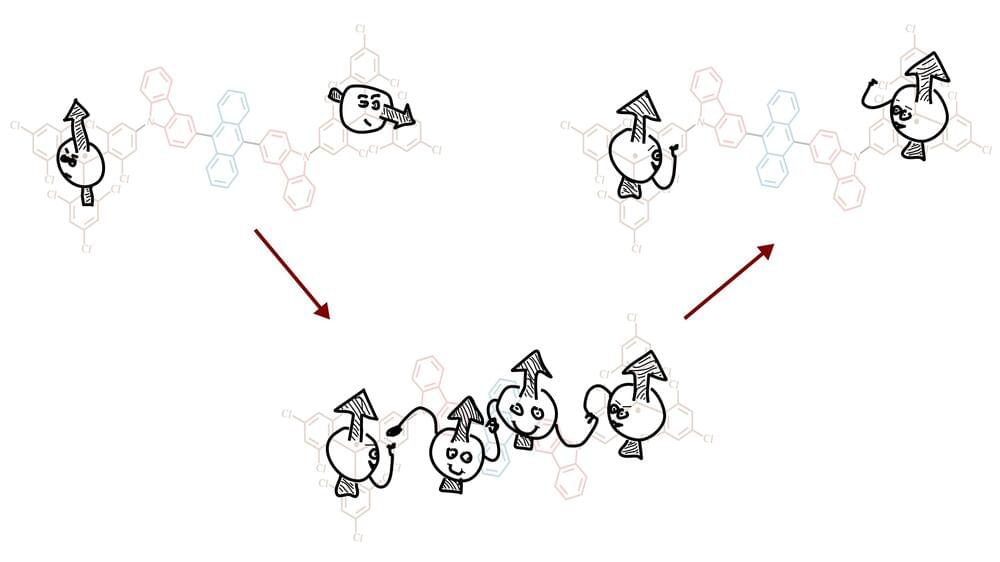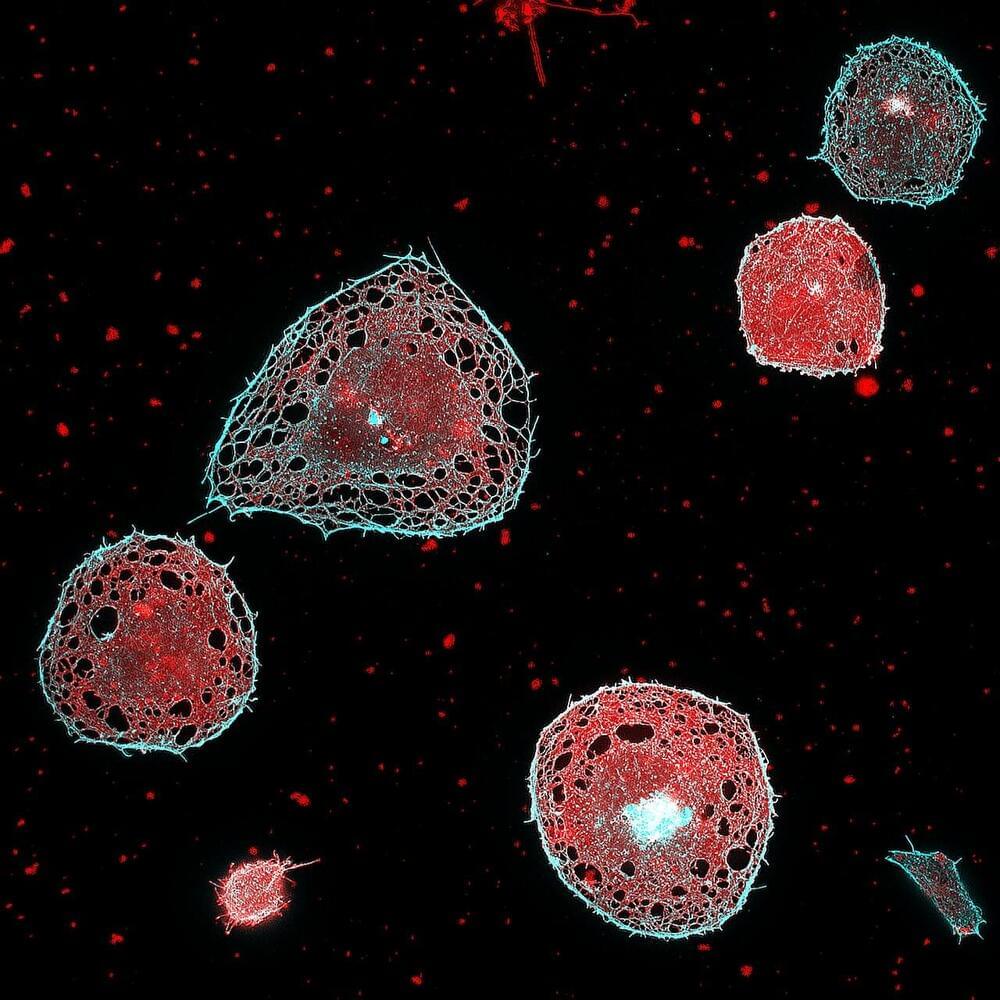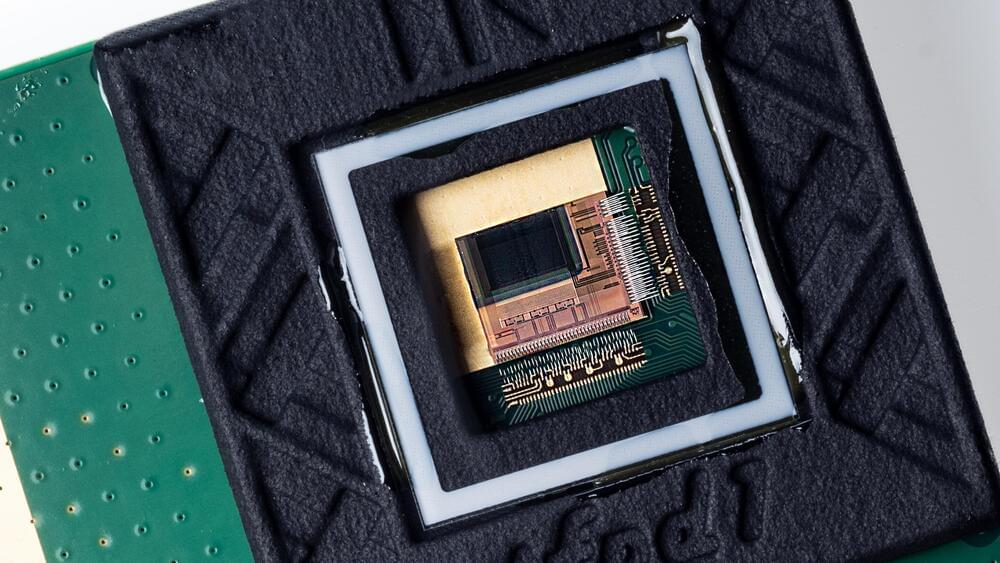Aug 17, 2023
A frightening virus is killing a massive number of wild birds
Posted by Omuterema Akhahenda in categories: biological, biotech/medical, genetics
Remember when eggs were so high? A vaccine for birds, now that can make money. 🤔
In the past two years, a viral disease has swept across much of the planet — not Covid but a type of avian flu. It’s devastated the poultry industry in the US, Europe, and elsewhere, sickening millions of farmed birds, which either die from infection or are killed by farmers seeking to stem the spread.
The ongoing outbreak of avian flu has killed hundreds of thousands — if not millions — of wild birds, including endangered species like the California condor. It’s one of the worst wildlife disease outbreaks in history. Having now spread across five continents and hundreds of wildlife species, scientists call the current outbreak a panzootic, meaning a pandemic among animals.
Continue reading “A frightening virus is killing a massive number of wild birds” »


















